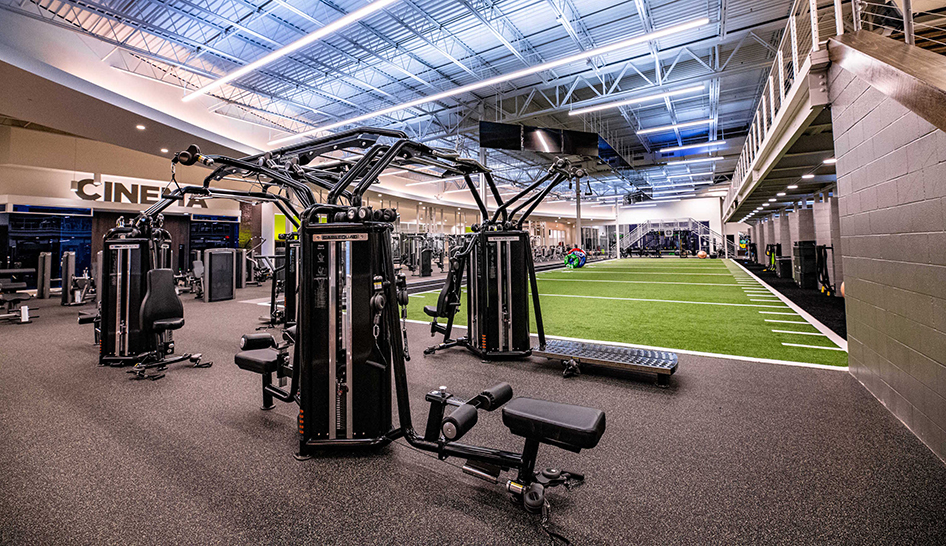Christopher Salisbury, area director for Catalyst Fitness in Buffalo, NY, a chain of seven clubs owned by Joe and Amy Bueme, knows what it’s like to have to rethink the club concept on a regular basis.
“I've been doing this since the mid-90s,” explains Salisbury. “I'm constantly looking for new ideas on how to communicate health and fitness to the population. You're trying to figure out what's going to work best for your members. But to do that you really have to know the full scope of what's out there.”
With decades in the industry, Salisbury has seen the evolution of clubs over the years and made his own contributions to the growth and diversity of today’s health club concepts. For the Catalyst clubs, Salisbury was determined to put the training experience first.
“The important thing for us is the user's exercise experience. Our motto is, ‘United We Sweat.’ No matter how you like to exercise, we have the solution for you.’”
Salisbury was struck by the increase in functional training and diversity of fitness programming tied to HIIT and high-intensity workouts. Instead of giving Catalyst members a traditional club layout, he and the design team applied a “stadium-feel” concept, with track lanes, a 35-yard turf field, and a functional training staircase in the center of the club.
“It was 2019 and we wanted something that had the ‘wow’ factor,” says Salisbury. “The guys powerlifting, you used to put them in a dungeon in the back. Now, women are doing Olympic lifting, sled pulling, using kettlebells, all of it. We decided to create a space that was a spin on the way athletes really train. We put turf in the center, with racks right next to them. It gave the club a field house feel.”
The innovative concept satisfied the principles of successful behavioral design by fostering a feeling of excitement, teamwork, and community.
“We felt right now in 2020 that that style of training is what's hot. It's what people really like to see. And it definitely brought the ‘wow’ factor. It’s created a community feel and the vibe is really cool to see—the intensity of people working on turf and everything surrounding it.”
The new layout became an immediate hit with current members and prospects, says Salisbury.
“My job as an area director is to increase memberships and personal training while keeping my members happy. It's a lot easier when you have the facility like the one we just made.”
Salisbury and his team didn’t do it alone. Even with all of his experience in the industry, he knows collaboration can always lead to better results.
“You can’t brainstorm by yourself.”
An Equipment Supplier and Lifestyle Brand
